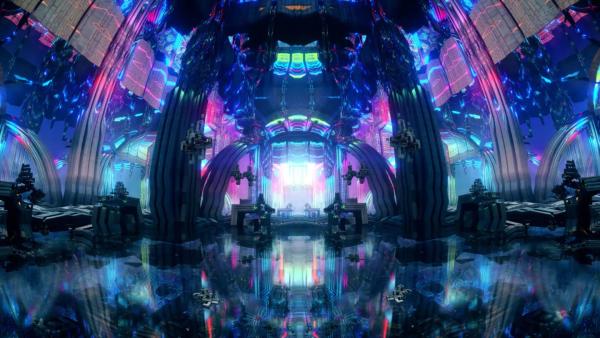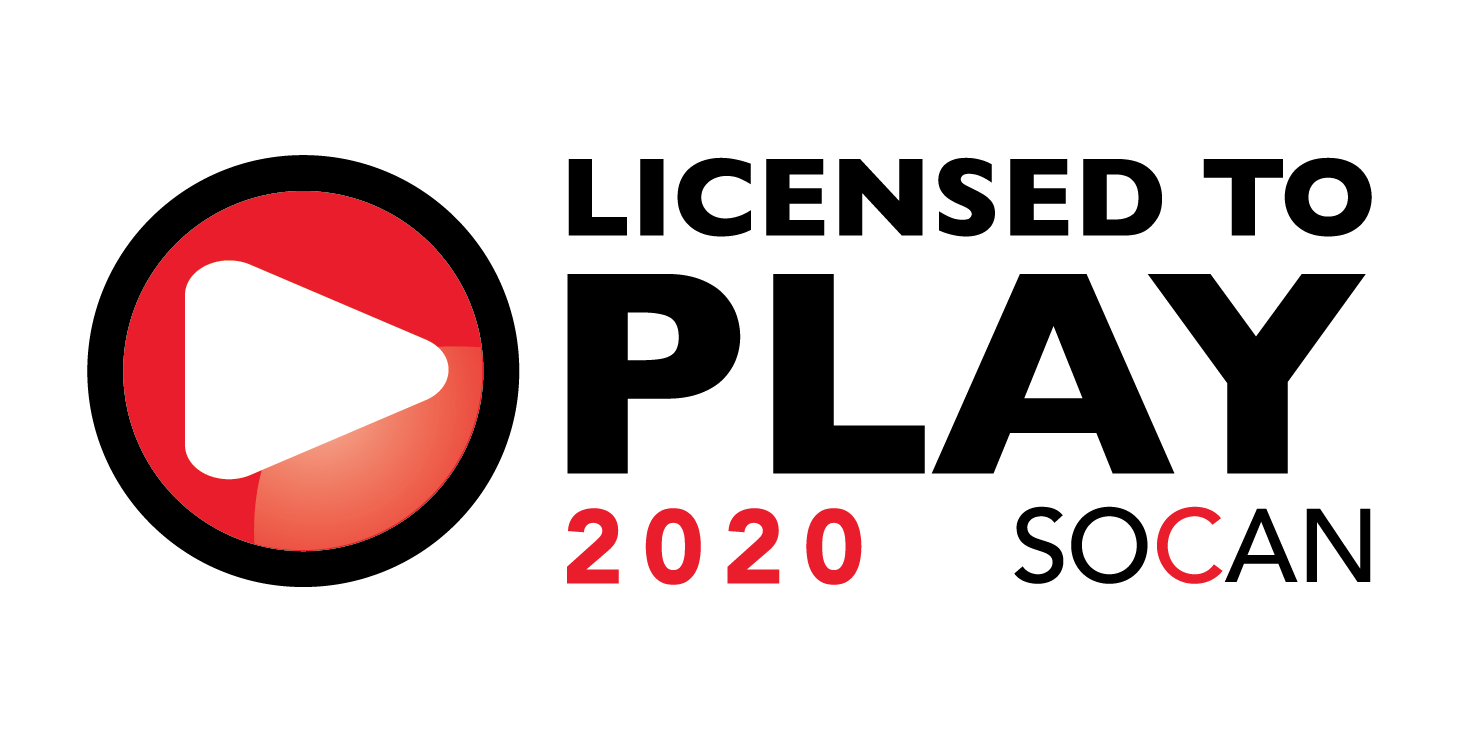Psychedelic Fractals Dance Above Heads in SAT’s Dome

Alien landscapes mutating into castles of crystals melting into the internal structures of snowflakes, all twirling and collapsing in on themselves, this is the immersive experience of Recombination, the mathematical artist Julius Horsthuis’ fractal-created VFX work.
Montreal’s Société des Arts Technologiques’ (SAT) Satosphere domed projection room presented Horsthuis’s computer-generated psychedelic experience for an audience reclining below on ergonomic bean bag chairs. Horsthuis collaborated with nine of his favourite musicians to produce an hour-long show consisting of nine different ‘songs’, each with distinct fractal patterning and musical compositions ranging from classical orchestras to borderline electronic club tracks. Horsthuis differentiates himself from traditional understandings of art creation and imagination, claiming the worlds he creates are not designed. It is not a journey from his imagination or experiences, but developed from mathematical realities, which he explores and “makes them reveal themselves” as if he were a director or a photographer.
A large question looming between myself and the transfixing dome above me is, simple in words but complicated to grasp, what is a fractal? Going into this experience, I knew it had something to do with math and connected nature’s talent for pattern creation to the ten-hour-long audio visualization videos popular on YouTube. I was partially expecting a professor and a chalkboard to start the show off with fanciful equations. Unfortunately, there was no explanatory introduction for the simpletons in the audience, just an hour straight of psychedelic shapes and patterns moving around in rainbows of colours, leaving me confused and slightly sedated.
A handful of searches and math class recordings later, I feel partially confident in defining fractals. They are infinitely reproducing patterns produced by lengthy equations with numerical placeholders and font-decreased numbers attached above and below variables. Yeah, I was never popular in math class. These equations produce funky graphs of spiky-looking patterns that you can infinitely zoom into and they will continuously repeat the same geometric pattern as defined by the inputted equation.
This connects to nature via naturally occurring repeating patterns, like broccoli. If you look closely at a broccoli stem, the pattern of branching stems repeats themselves, perhaps not infinitely, but still similar to a fractal. Some mathematical philosophers ponder the whole universe is a fractal, you can see this sentiment reflected in the patterning of rotating galaxies, spiralling snail shells, and branching river systems.
Understanding this, I have a new appreciation for Julius Horsthuis’ fractal creation, by taking empty equations and altering the variables, rates of repetition, colouring, and scale, he is able to create infinitely swirling colourful patterns that would certainly give me vertigo if I was standing. The resulting projections, created by mathematical computing, eerily reflect blood cells in a vein, neon-coloured neurons firing, Star Wars-like landscapes, and floating moss balls, ever mirroring itself and continuing unfolding. At times, it felt like my bean bag chair was in the backseat of a spaceship exploring an alien planet, diving into its cavernous systems of tunnels, or swirling around open space, forever flying into floating multicoloured triangles.
My experience under the dome validates Horsthuis’ intention of sparking the “flames of imagination” of the viewers, encouraging them to develop their own spiritual meanings of his secular equation directing. He states that the essence of the beauty in his work reflects the “intricate dance of numbers and patterns that govern our world.” The viewer must understand that math is not as far removed from the natural world as it may feel in high school math class. Mathematics is just another lens one can put on to further question and learn from the realities that surround us, fractals play a big part in that.




